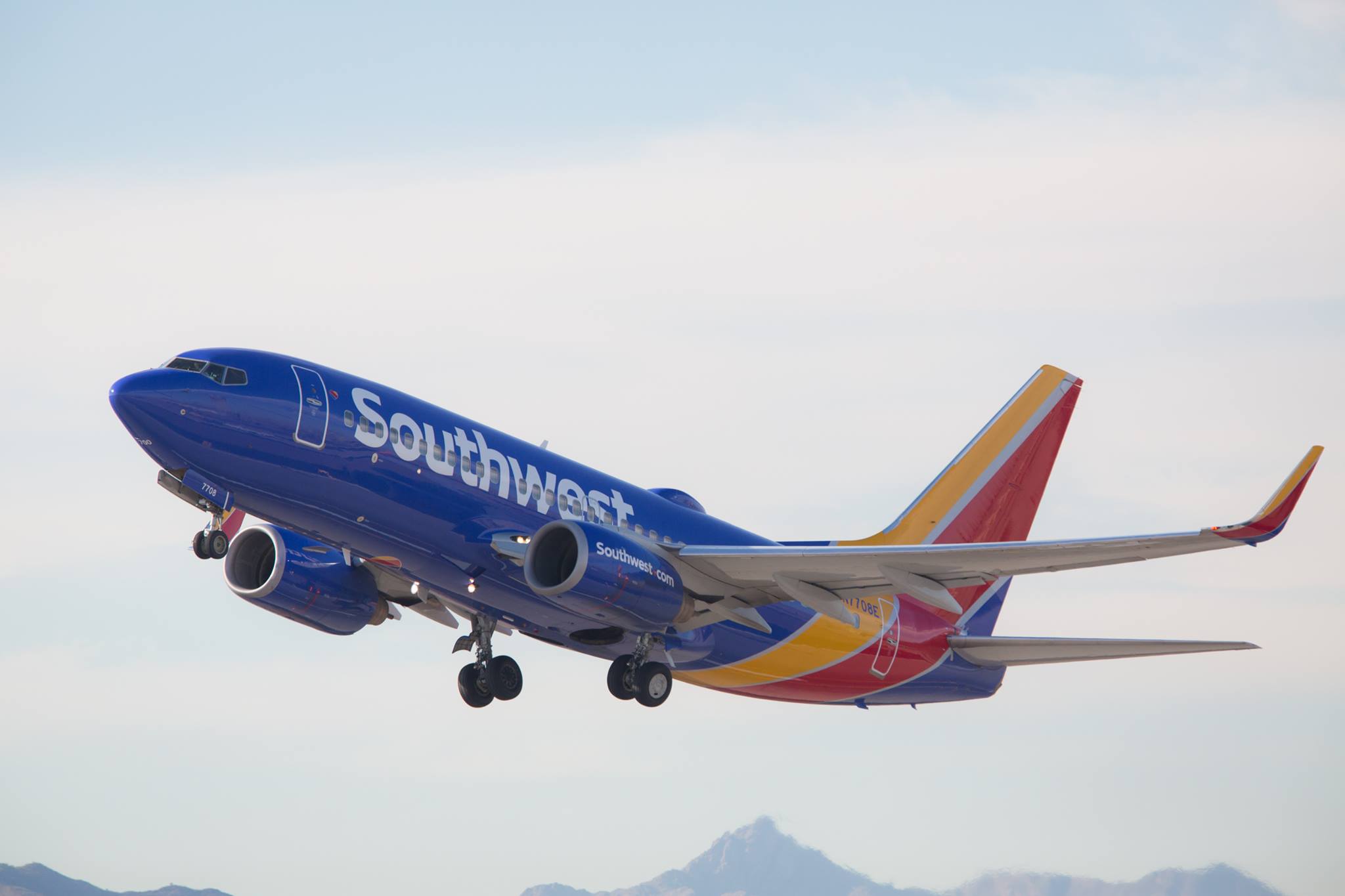Entering 2019, Southwest Airlines (LUV 1.48%) executives warned investors that the company would likely report unusually high unit cost growth this year. Back in January, Southwest projected that its adjusted nonfuel unit costs would increase by 3% to 3.5% in 2019, with most of the cost creep occurring in the first half of the year.
Unfortunately, the grounding of the Boeing (BA +1.98%) 737 MAX in March upended Southwest's plans for the year. With a substantial proportion of its fleet out of service, the carrier has been forced to slash its schedule dramatically, exacerbating its unit cost inflation. But assuming the 737 MAX is ready to fly by early 2020, Southwest should be able to drive significant unit cost reductions over the next two years or so.
Unit costs soar on capacity cuts
At the time of the Boeing 737 MAX grounding earlier this year, Southwest Airlines had 34 737 MAX 8s in its fleet, accounting for about 5% of its total seats. It also had plans to add another 41 737 MAX jets to its fleet by the end of 2019, which would have put a little more than 10% of its seat capacity on the 737 MAX by year-end.
Not surprisingly, the type's grounding has had a severe impact on Southwest's 2019 capacity plans. At the beginning of the year, Southwest planned to increase capacity by up to 5% this year. However, two months ago, the airline officially postponed the return of its 737 MAX fleet to 2020 and said that its capacity was on pace to decrease 1% to 2% on a full-year basis.
Unit costs are skyrocketing as a result. In its Q2 earnings report, Southwest Airlines forecast that nonfuel unit costs would rise 8% to 10% this year. While the company recently improved its cost outlook for the third quarter, the guidance update won't impact its full-year cost trajectory much. To make matters worse, Southwest's fuel efficiency has deteriorated by about 2 percentage points since the Boeing 737 MAX was grounded, due to the new model's superior fuel performance compared to the rest of Southwest's 737 fleet.

Southwest's 737 MAX fleet has been grounded since mid-March. Image source: Southwest Airlines.
The 737 MAX's return will help -- in more ways than one
Boeing hopes that the 737 MAX will receive regulatory clearance to return to service early in the fourth quarter. That goal may be unrealistic, as the aerospace giant hasn't submitted its final fixes to the FAA yet. Nevertheless, there's a good chance that Southwest will be able to put its 737 MAX fleet back in service in early January as it currently plans.
The return of Southwest Airlines' 737 MAX fleet -- and a flood of additional 737 MAX deliveries -- will drive an abrupt acceleration in capacity growth. This will reduce the carrier's nonfuel unit costs by improving pilot productivity and asset utilization. Both have suffered all year, first due to the delayed launch of the airline's Hawaii flights and then because of the 737 MAX grounding. In fact, management has estimated that the Boeing 737 MAX grounding alone will increase Southwest's full-year nonfuel unit costs by about 6 percentage points.
The carrier should also see a big jump in fuel efficiency as it expands its 737 MAX fleet. The exact level of fuel efficiency gains in 2020 will depend on how fast Boeing can catch up to its delivery schedule, but a 3% improvement next year seems likely.
Southwest Airlines' official fleet plan calls for receiving 79 additional 737 MAX jets by the end of 2020. Realistically, Boeing won't be able to meet that schedule -- and Southwest wouldn't want to cram two years of growth into a single year anyway. Instead, the airline is likely to grow at an above-normal rate in both 2020 and 2021, catching up to its previous fleet plan (roughly speaking) over that period. This growth would likely drive a big decline in nonfuel unit costs next year, followed by a more modest decrease in 2021.
Southwest should be able to manage the unit revenue pressure
In general, when airlines add capacity at a rapid rate, it leads to unit revenue declines. New routes take a while to ramp up, high-capacity growth risks creating an imbalance between supply and demand, and faster growth can spark competitive responses by rivals.
Indeed, there's a good chance that these factors will cause Southwest's revenue per available seat mile (RASM) to fall next year -- particularly because the carrier will face a tough year-over-year comparison. That said, the RASM pressure will be mitigated by the carrier's recently announced moves to eliminate various low-margin routes. (Between now and early January, Southwest will end service on more than two dozen routes, including all of its flights at Newark International Airport.) Southwest Airlines' inability to grow in 2019 also means that there is a lot of pent-up demand for additional flights in many of its markets.
Thus, even if RASM does decline in 2020, unit costs are likely to fall faster. As a result, Southwest is well-positioned to expand its profit margin and deliver strong earnings growth over the next two years.







